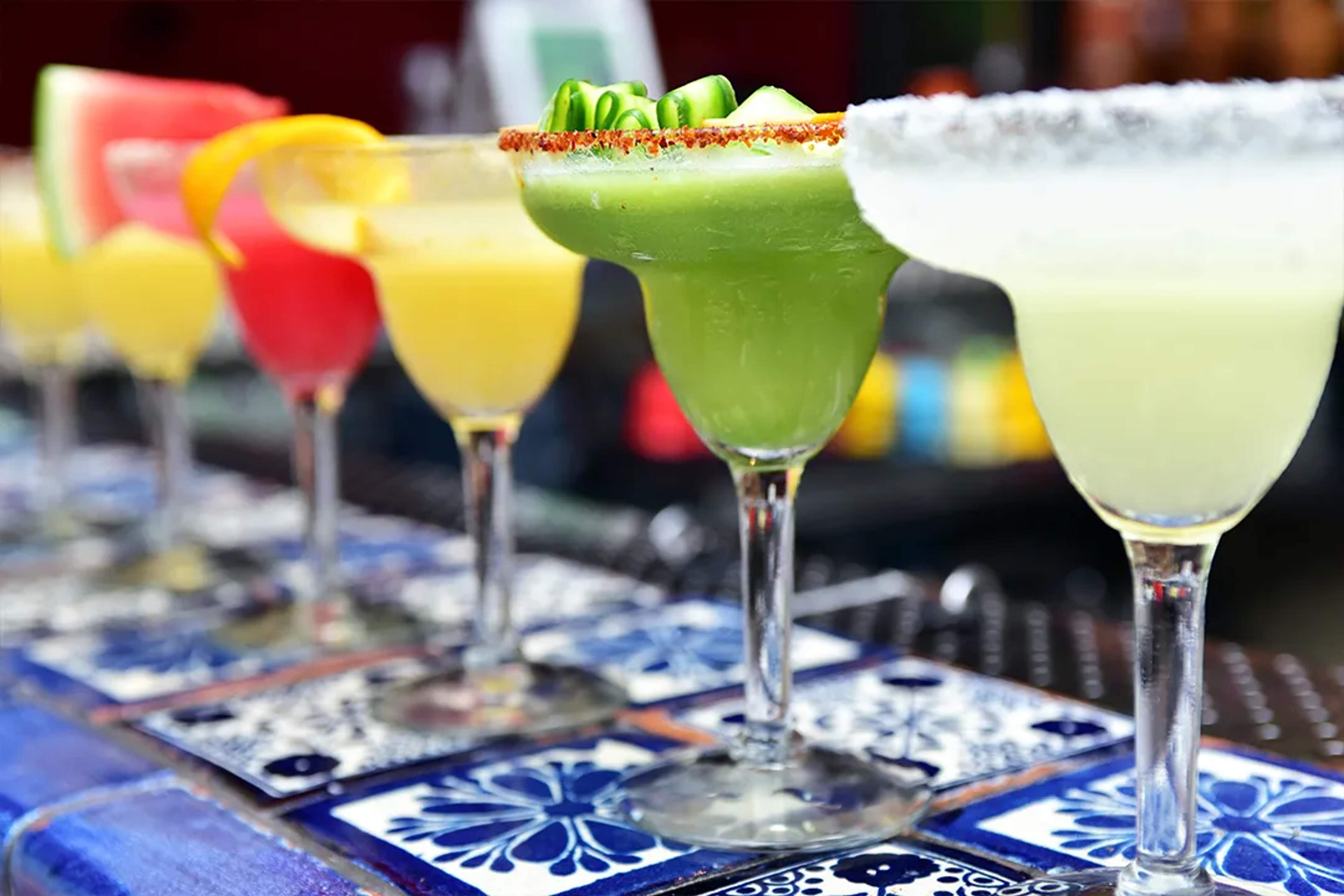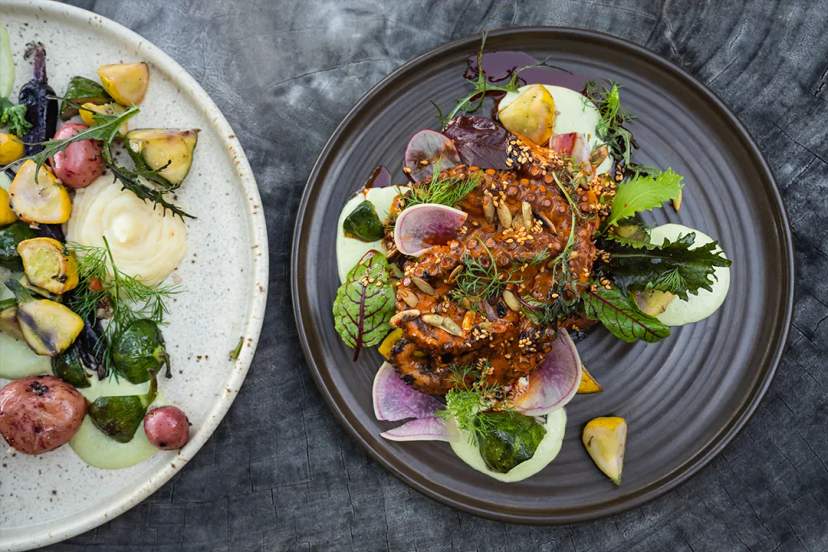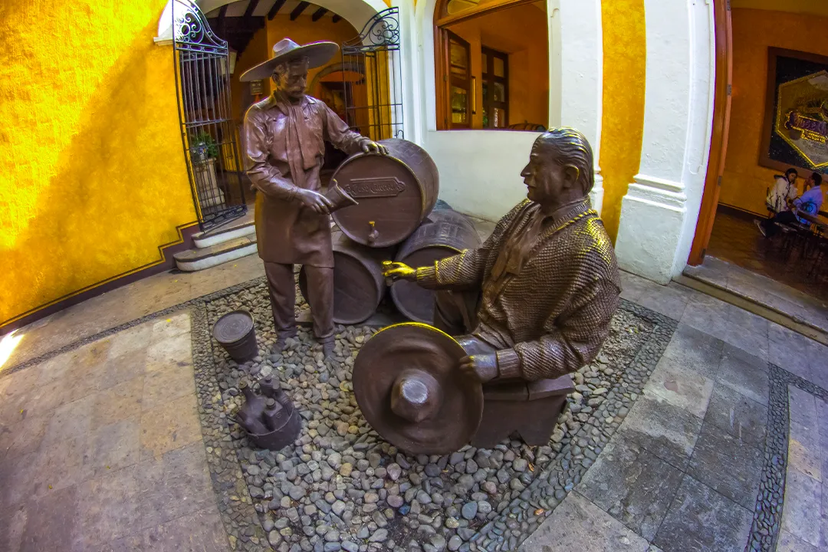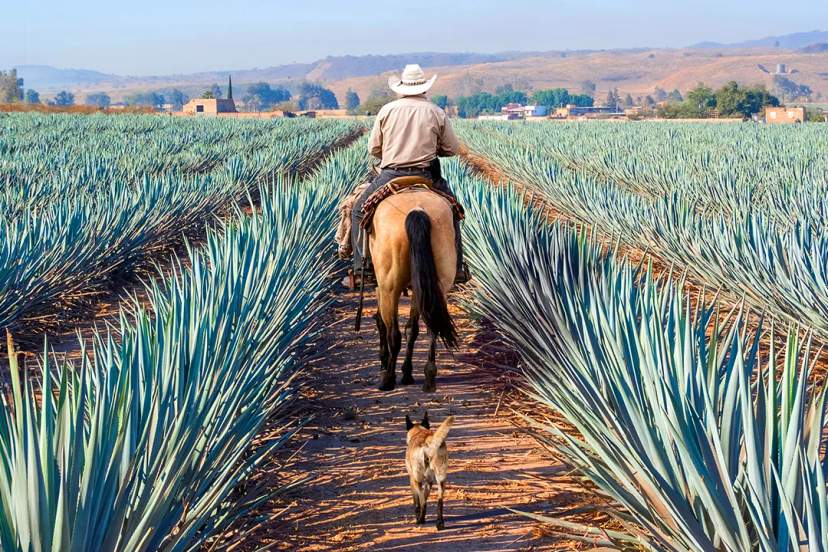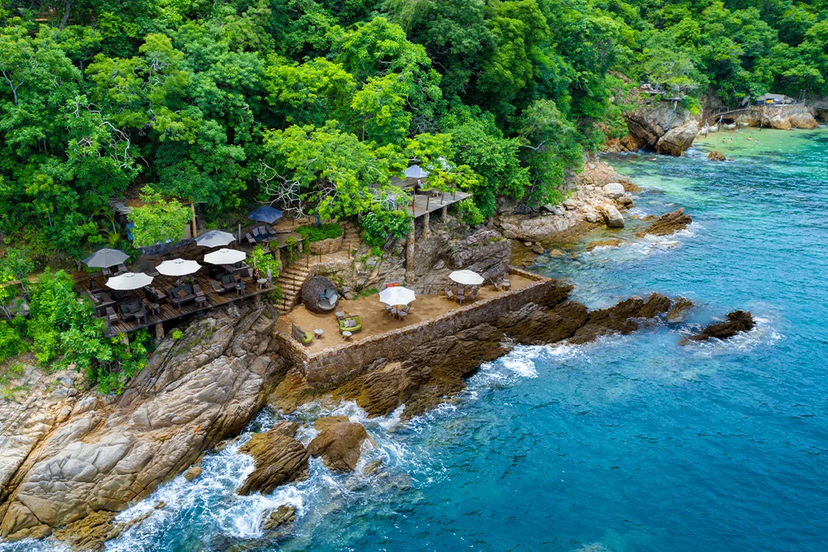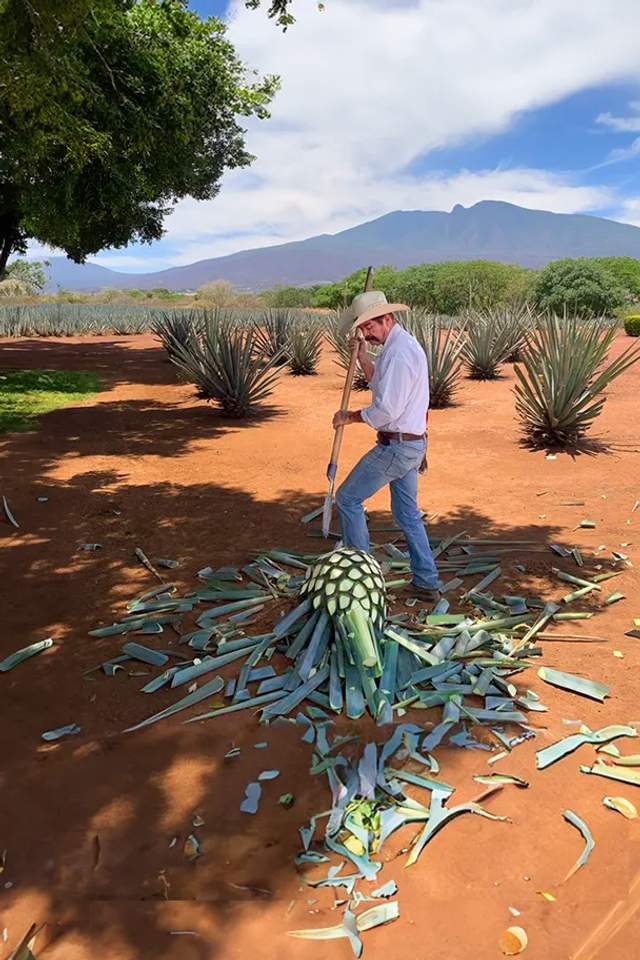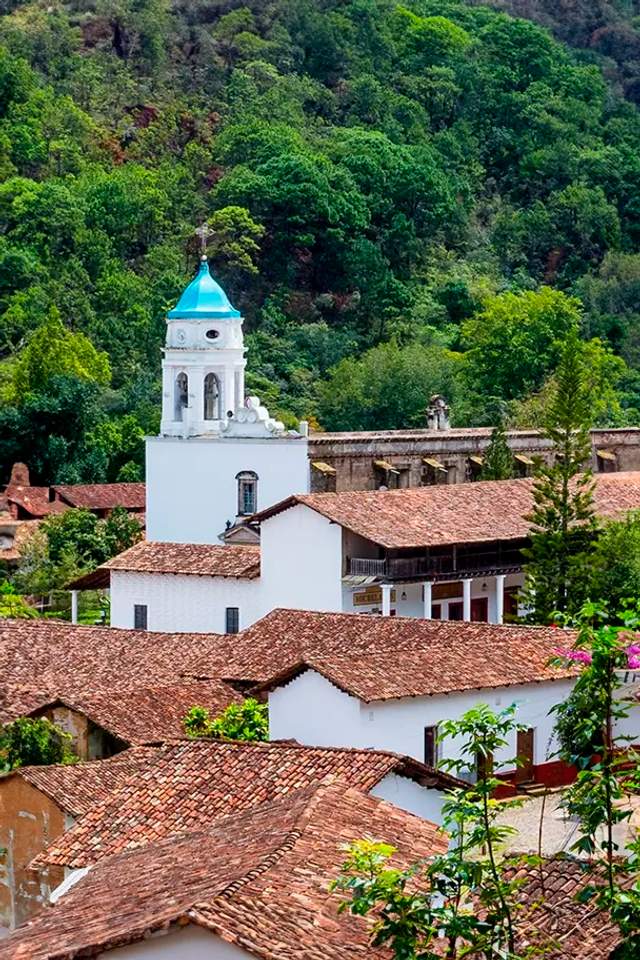Mexico's drink menu reaches far beyond margaritas at the swim-up bar. We're talking about a country where tequila earned the world's first denominación de origen and still carries the flag of Mexican identity today. Mezcal followed with its own protected status, and regional specialties like pulque and pox keep expanding the roster of legally protected beverages.
Each drink tells a story we know well—pre-Hispanic fermentation techniques, colonial trade routes, and today's craft revival all live in every sip. We've curated ten authentic beverages, both alcoholic and non-alcoholic, that represent the real Mexico.
Ahead, we'll show you what to order, where to find these drinks, and how to enjoy them the way locals do.
1. Tequila
Mexico's signature spirit comes only from blue Weber agave grown in Jalisco and a few neighboring states. We see four main styles: crisp blanco, gently aged reposado, rich añejo, and luxurious extra añejo. Each spends a different time in oak barrels, creating distinct flavors.
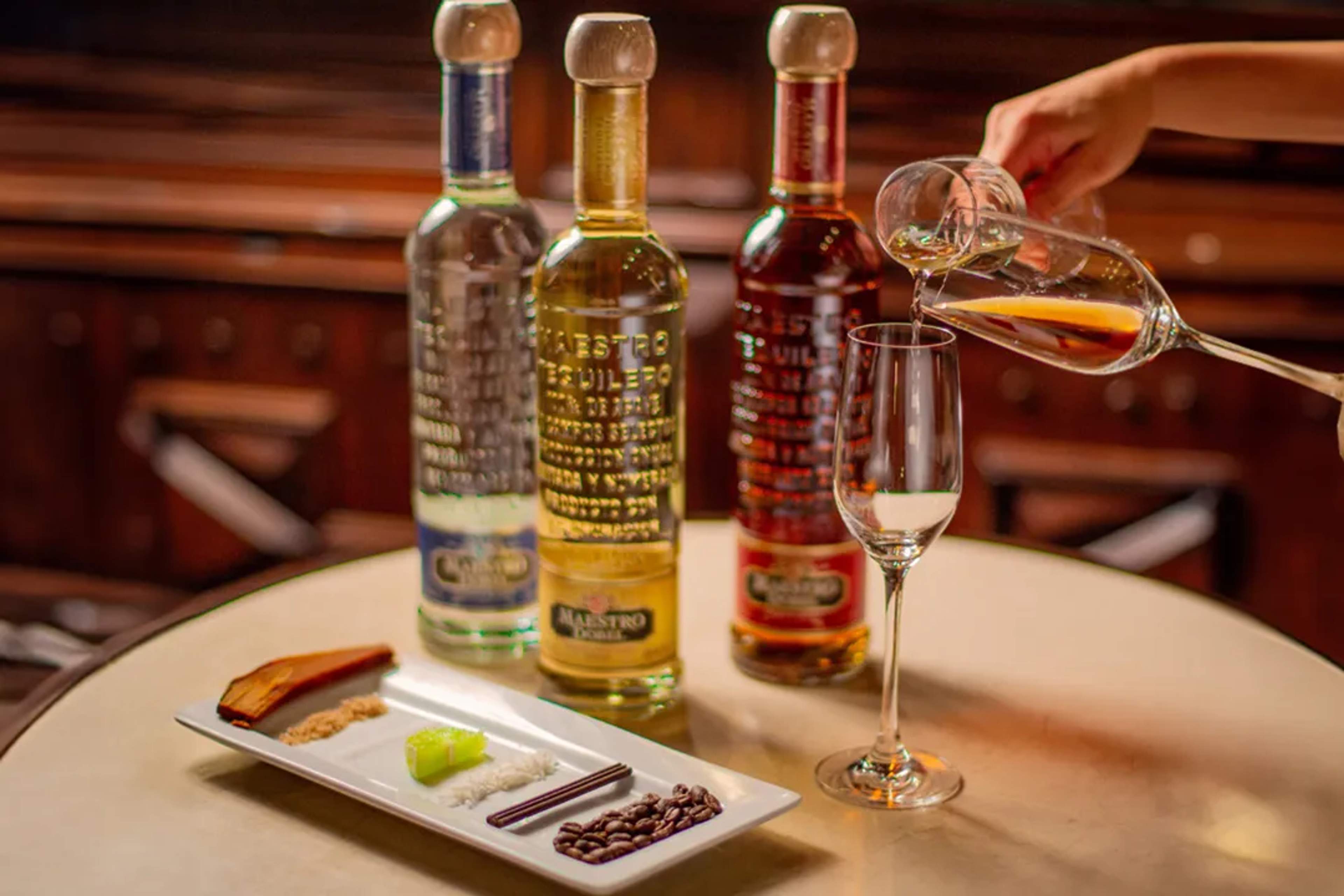
Skip the salt and lime ritual. Sip quality tequila neat to taste the difference between highland and lowland agaves. Small-batch producers showcase unique terroir worth exploring in Tequila town, where agave fields stretch toward the Sierra Madre mountains.
2. Mezcal
We know mezcal as tequila's smoky ancestor, a complex spirit crafted from more than 30 agave species. The underground pit-roasting process gives it those distinctive campfire notes that make each sip memorable.
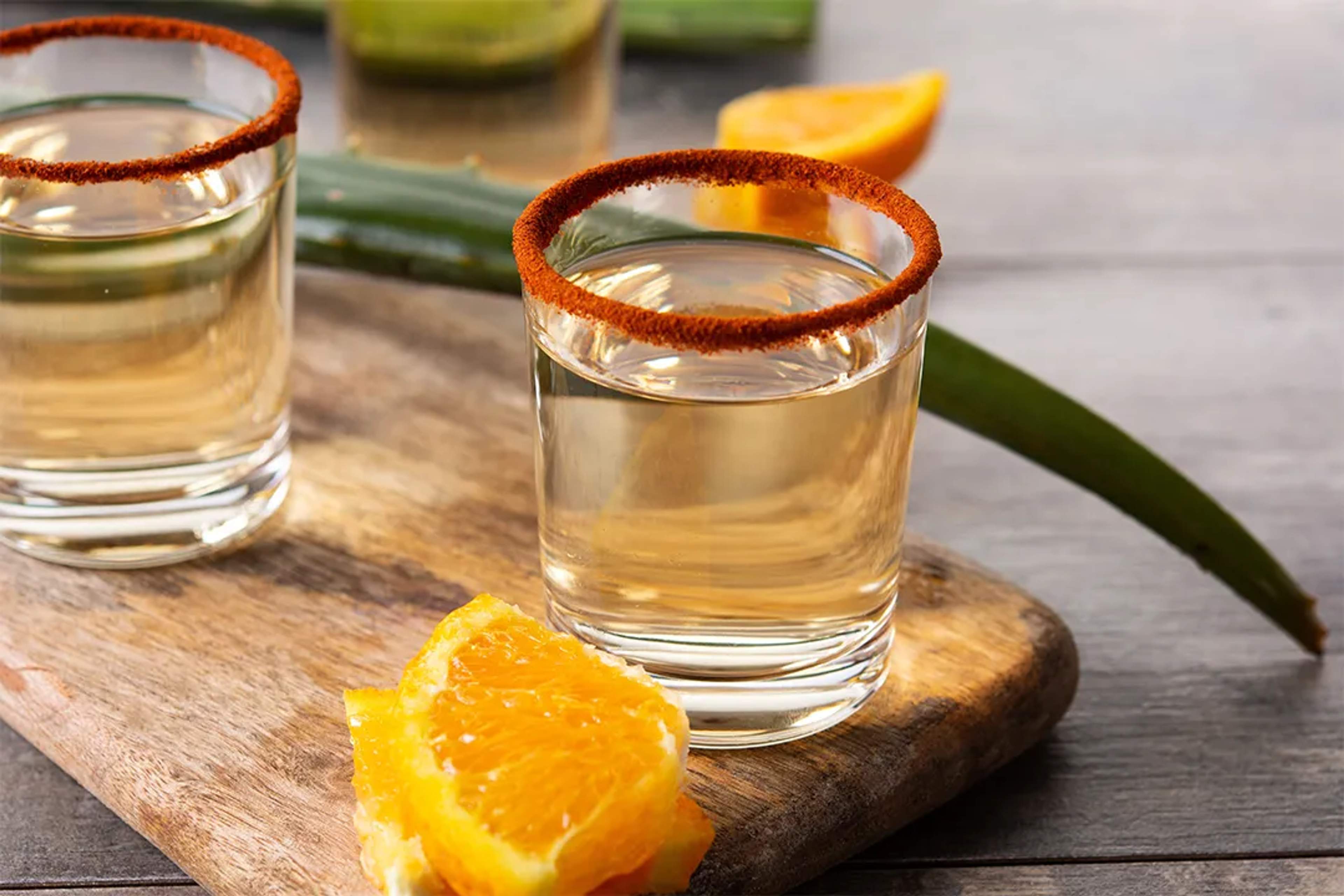
Oaxaca leads mezcal production, but we've found excellent bottles from Guerrero and Durango, too. Traditional palenques still crush agave with stone tahona wheels and distill in small batches using copper or clay stills.
We recommend trying mezcal neat with orange slices and sal de gusano (worm salt) to appreciate its complex flavors. Visit local mezcalerías in any major tourist area to sample different regional styles and learn from bartenders who know their craft.
3. Pulque
We like to call pulque the original agave drink, a slightly viscous, gently bubbly brew fermented from fresh maguey sap. Centuries ago, the Aztecs reserved this "drink of the gods" for priests and nobles, treating it as a liquid ceremony rather than an everyday refreshment.
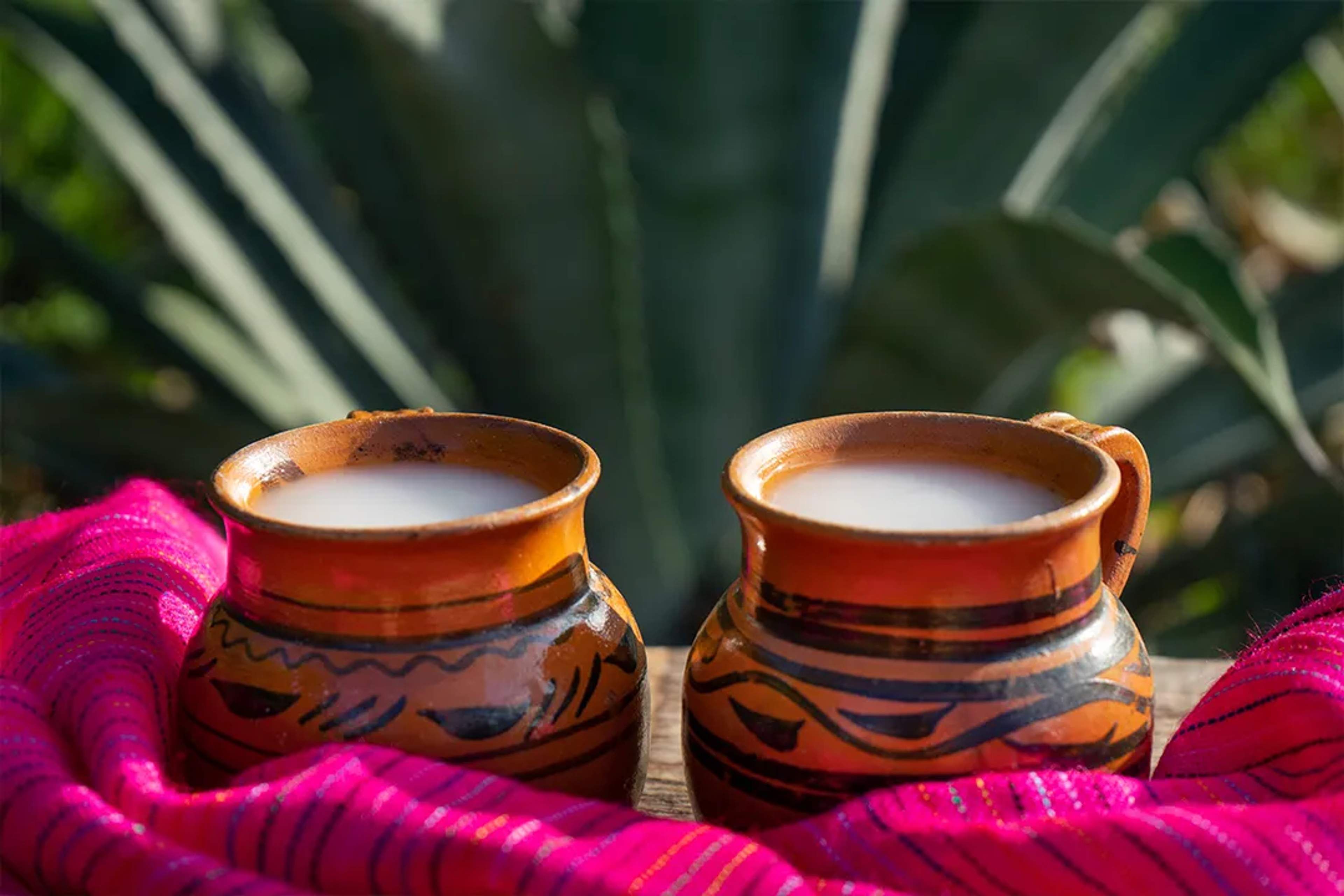
Taste it today and you'll still catch that sacred character in its mild sour-yeasty flavor and modest alcohol bite, usually below five percent. Locals praise its natural probiotics and vitamins, claiming it settles the stomach after spicy meals.
Sample the tradition where it never died: color-splashed taverns across Mexico City's Centro Histórico, dusty maguey ranches in Tlaxcala, and weekend fairs in Hidalgo.
4. Raicilla
We call raicilla the "moonshine of the mountains"—Jalisco's wild cousin to tequila and mezcal. This rustic agave spirit comes from small-batch producers in the Sierra Madre Occidental, where distillers still use primitive wood-fired clay stills and wild mountain agaves.
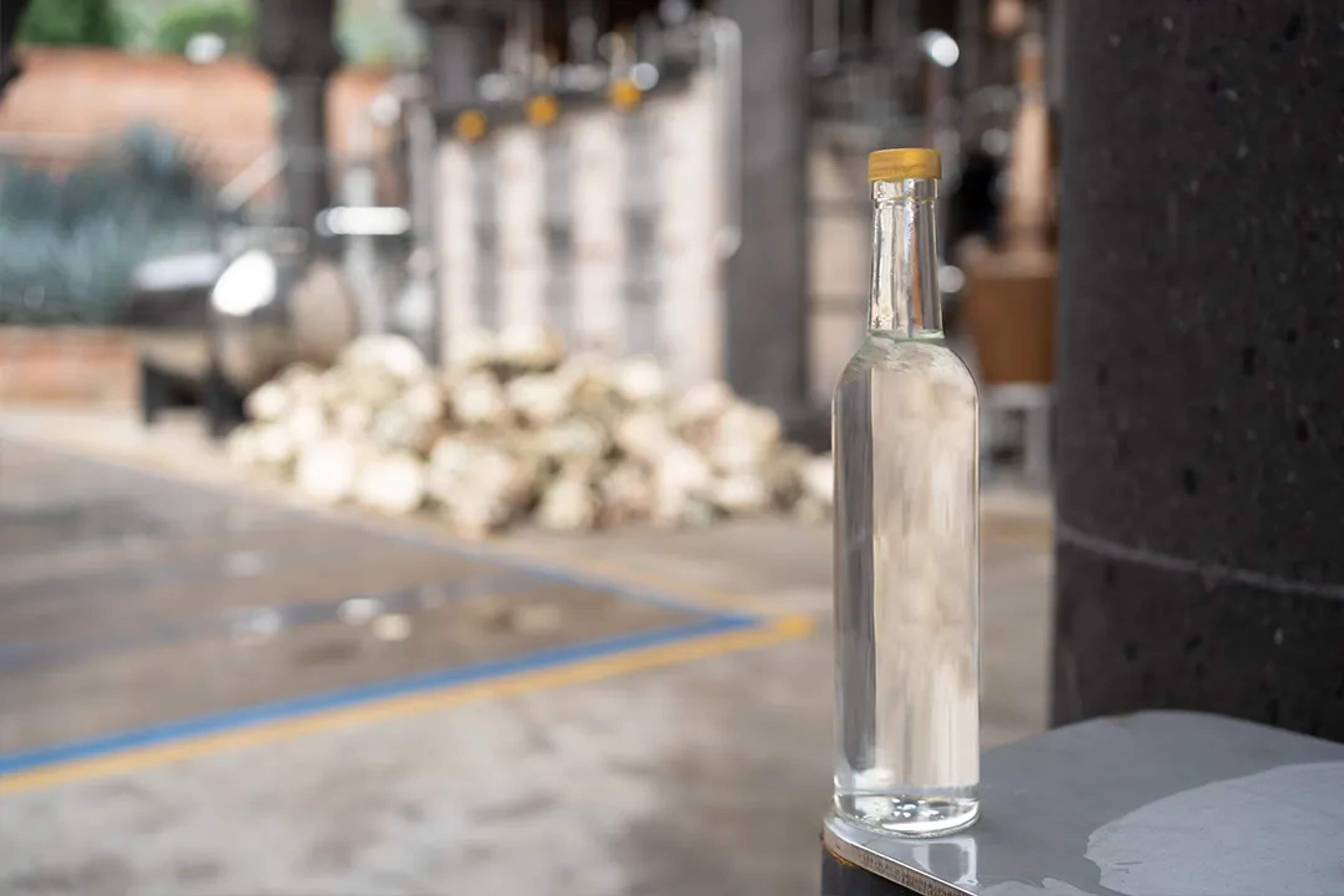
Unlike tequila's regulated production, raicilla maintains a rebellious character. Each producer creates a signature flavor profile, some fruity and floral, others earthy with hints of cheese or olive. This diversity comes from varying agave species and traditional fermentation methods passed through generations.
Find authentic raicilla in coastal villages around Puerto Vallarta or mountain towns like Mascota. Skip the tourist bottles and look for hand-labeled offerings from family producers. We recommend sipping it neat to appreciate its complex botanical character and the centuries of tradition in each drop.
5. Tejuino
We treasure tejuino as the Jalisco countryside captured in a cup. This pre-Hispanic fermented corn drink combines masa, piloncillo, and lime into a tangy, barely-alcoholic refreshment that quenches thirst and honors ancient traditions in each sip.

Street vendors in Jalisco serve it ice-cold, often topped with lime sorbet and a pinch of salt that balances the sweetness. The slight fermentation creates a mild effervescence without enough alcohol to impair your day's adventures.
Look for sidewalk carts with colorful handwritten signs and plastic buckets near markets in Guadalajara and beach towns along the Pacific coast. We recommend ordering it on hot afternoons when the sweet-sour complexity refreshes better than any commercial beverage. Each vendor's recipe varies slightly, making tejuino a true taste of regional identity.
6. Michelada
We call the Michelada beer with attitude. A light lager meets lime juice, a dash of hot sauce, Worcestershire, and chili salt, turning a simple cerveza into a spicy, tangy refresher.
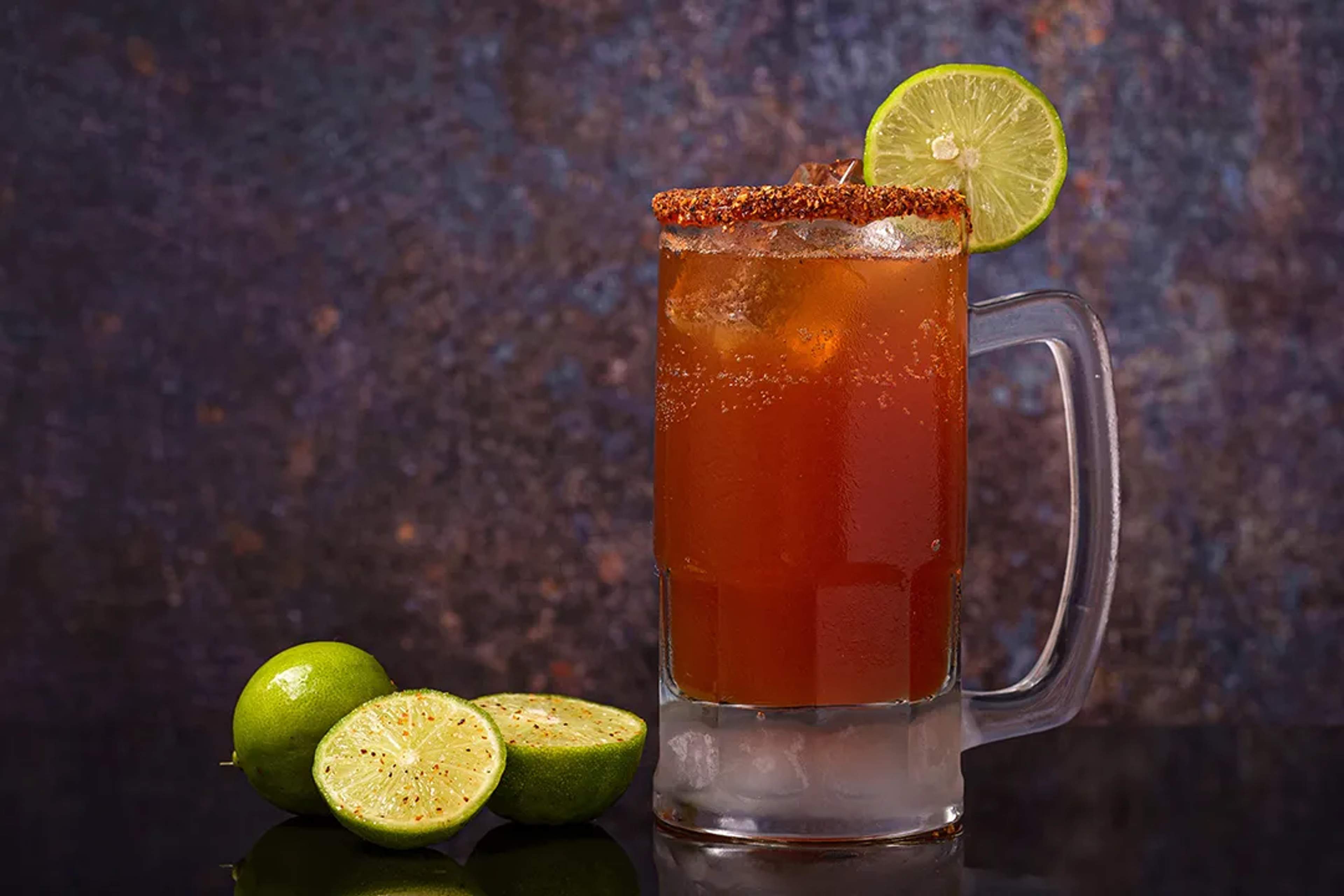
Coastal bars amp it up with clamato or chamoy, while inland cantinas pour a stripped-down chelada of just beer and lime. Locals tout it as the ultimate hangover fix and midday cooler. Pair with tacos pastor and you'll taste creativity in each sip.
7. Mexican Hot Chocolate
We love watching visitors discover real Mexican hot chocolate for the first time. Street vendors whisk it fresh in clay pots with cinnamon and piloncillo, creating that signature foam on top.
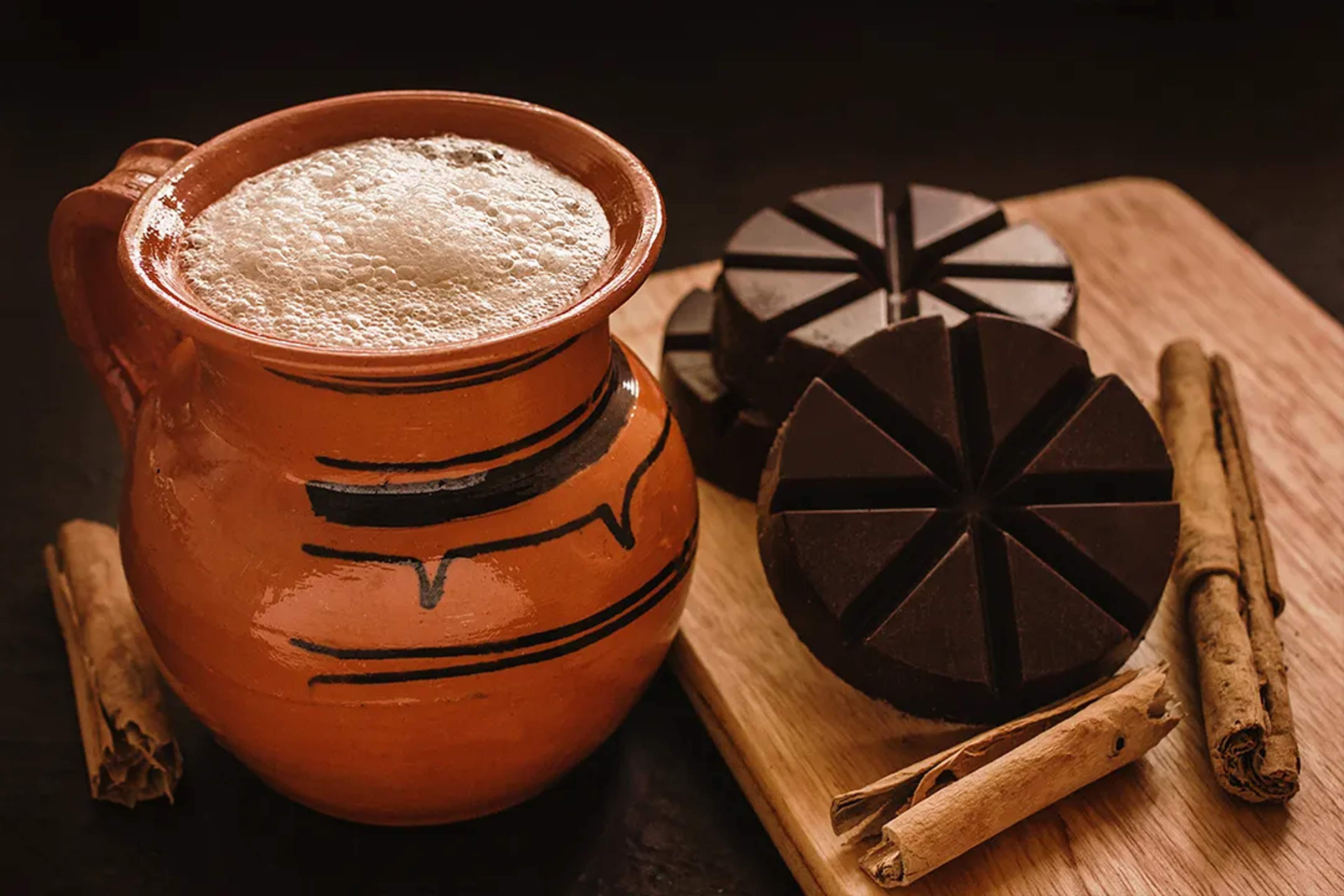
This isn't the powdered stuff from home. Mexican chocolate tablets mixed with warm milk create a rich, spiced beverage inspired by ancient traditions, though the practice itself developed after Aztec times. The wooden molinillo whisk is what creates the frothy texture. You'll find the best versions at traditional cafés in Oaxaca's chocolate shops and family-run restaurants throughout central Mexico.
8. Café de Olla
Café de olla is a dawn ritual, coffee simmered in a clay pot with cinnamon and piloncillo. Revolutionary soldaderas brewed it for troops during the Mexican Revolution, and that story lingers in each sip's gentle sweetness and earthy aroma.
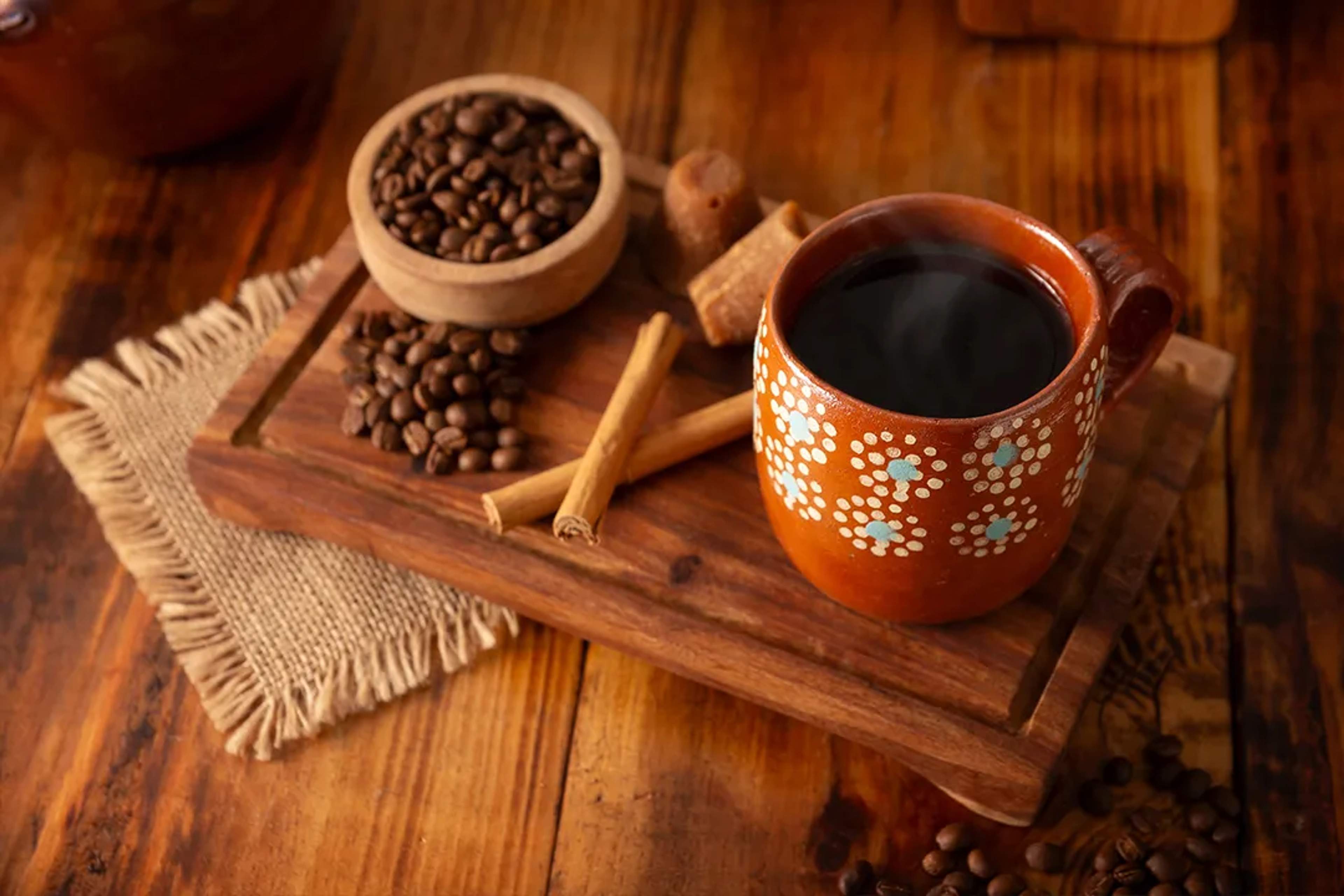
The clay releases subtle minerals while beans from Chiapas, Veracruz, or Oaxaca add chocolate depth and complexity. Order a steaming mug at a countryside fonda, during Day of the Dead celebrations, or on a brisk mountain morning when you need quick warmth and comfort.
9. Tepache
Tepache is a centuries-old fermented pineapple beverage that's been part of Mexican street culture since pre-Hispanic times. Fresh pineapple juice ferments with natural yeasts to create a lightly fizzy concoction with a sweet-tangy flavor. You'll find it among Mexico's traditional beverages, celebrated for their cultural roots.
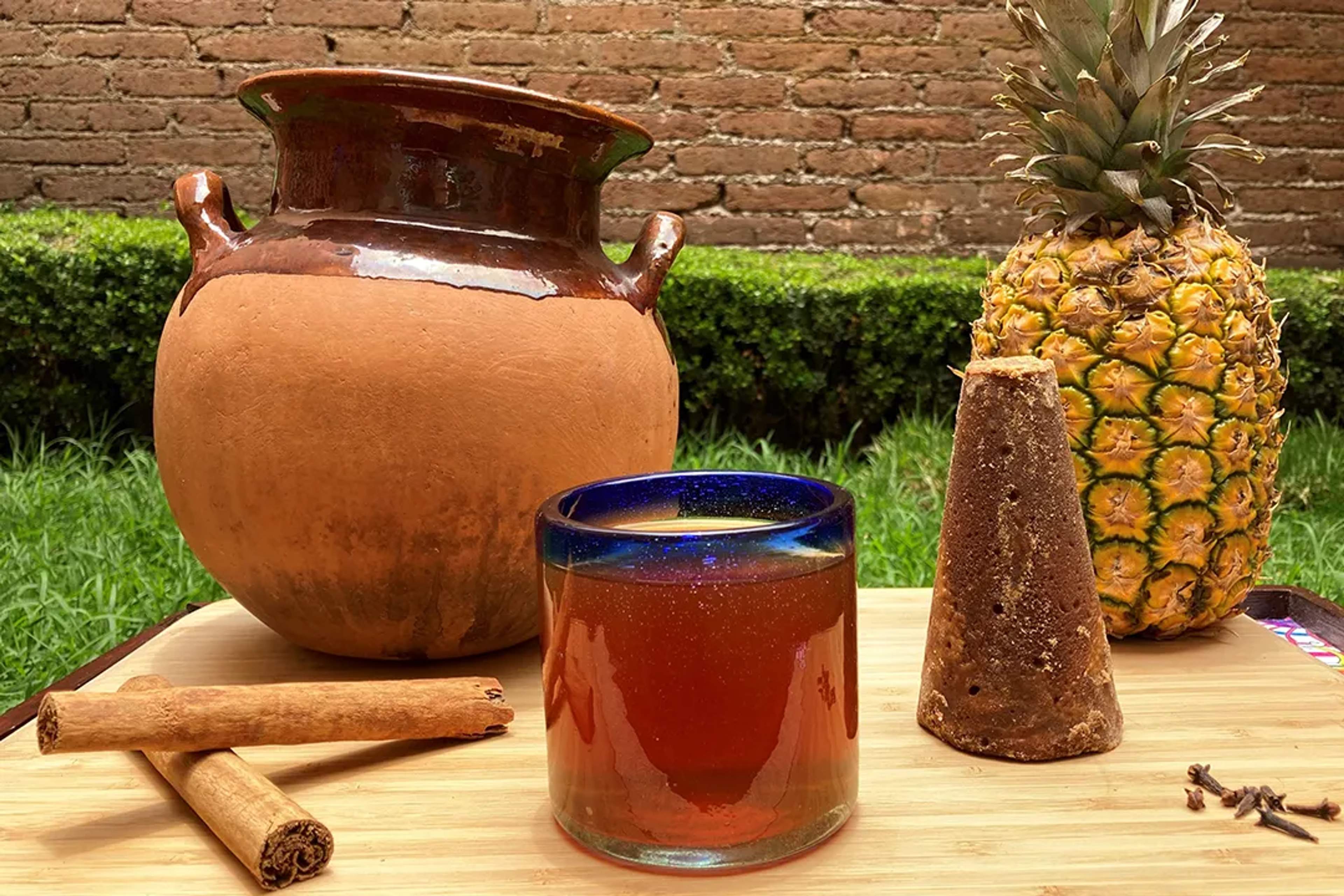
Since tepache is never distilled, it stays low in alcohol content. You can enjoy it midday without slowing down your adventure plans. Look for vendors with plastic buckets or recycled beer bottles at busy markets, neighborhood street fairs, or local fondas. They'll ladle it straight into chilled cups, and its gentle tang cuts through the heat of freshly griddled tacos better than any soda.
10. Champurrado
Champurrado brings together Mexico's two most treasured ingredients: chocolate and corn. This thick, warming beverage combines masa, piloncillo, Mexican chocolate, and cinnamon into something completely different from regular hot chocolate. The corn base creates a satisfying texture that coats your spoon.
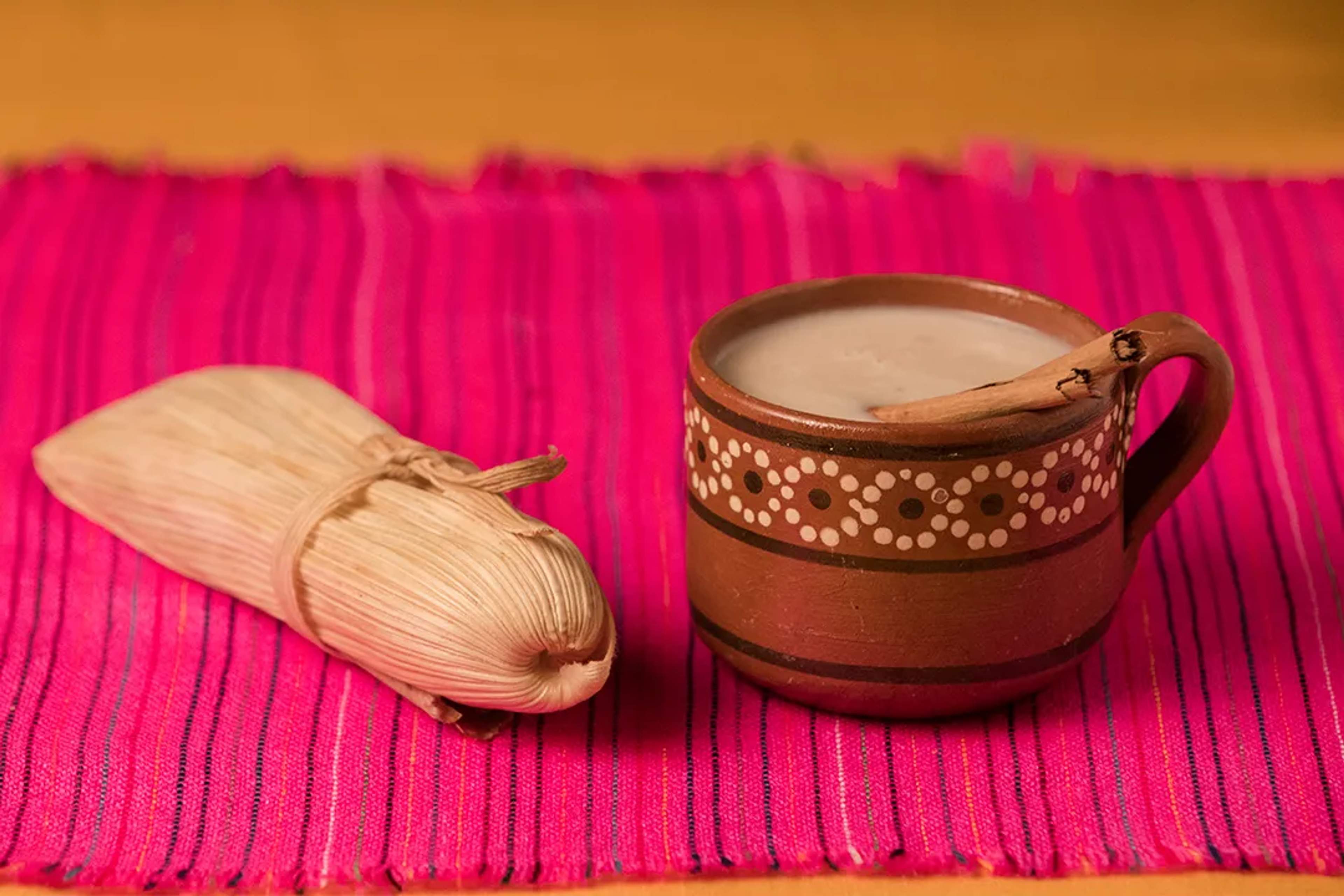
You'll find families serving champurrado at Day of the Dead altars, Christmas posadas, and winter markets. It pairs perfectly with tamales on cool mornings. Oaxacan versions tend to be spicier, while northern regions prefer a thinner consistency. Look for street vendors and traditional fondas during festival season.
11. Barrosas
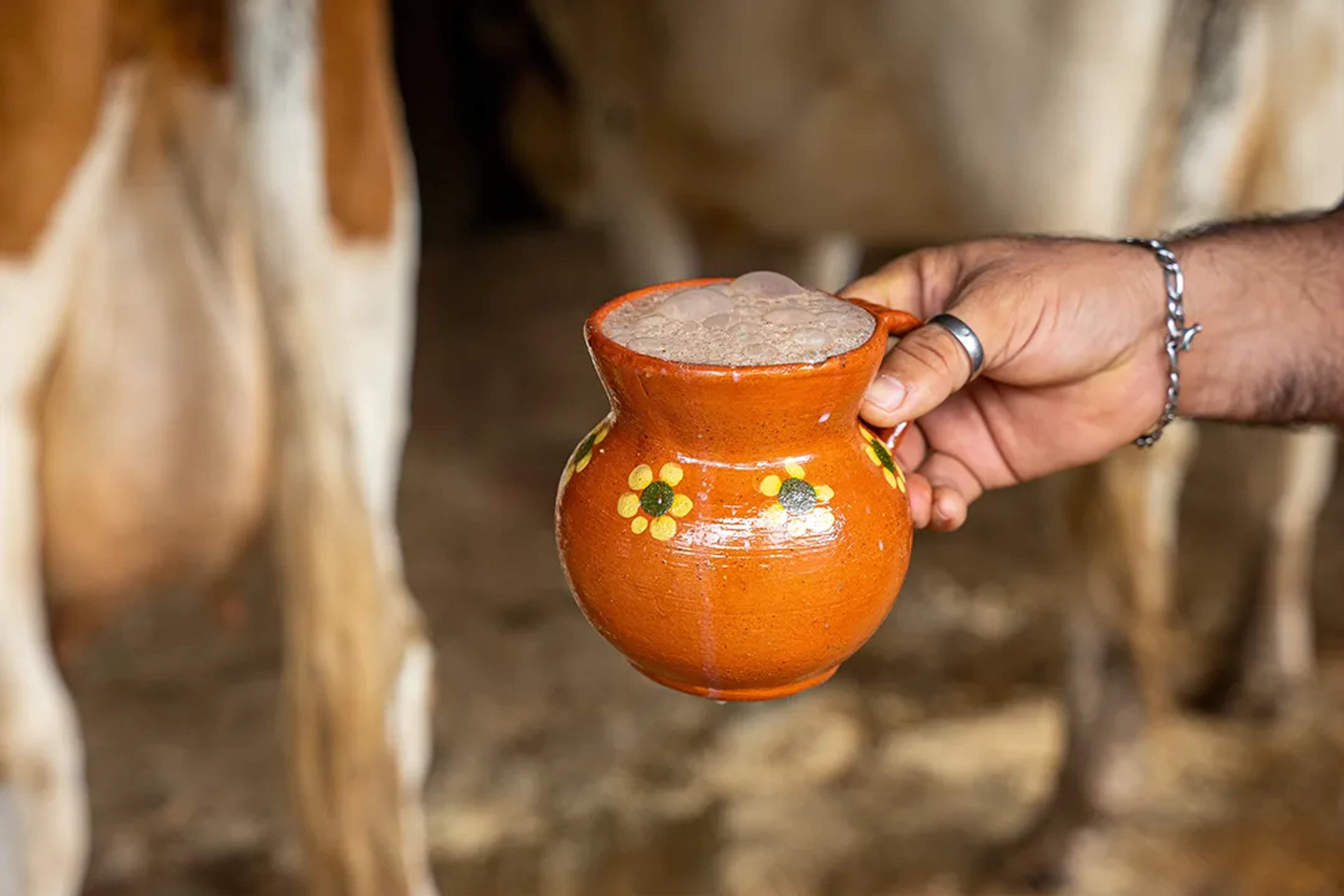
We find barrosas in humble roadside stands throughout rural Jalisco—a forgotten treasure from Mexico's ranching culture. This rustic infusion is prepared with freshly milked raw cow’s milk, to which ingredients like chocolate powder or Chocomil, and even extras such as sugar, coffee, vanilla or mazapán are added, before giving it its distinctive kick with a splash of cane alcohol. Everything is mixed in a clay mug and drunk in one go, making it a kind of artisan energy drink, popular among farm workers to “jump-start the engine” before a long day’s work.
Authentic barrosas/pajaretas rarely appear on tourist menus, but we recommend seeking it out in small towns near Lake Chapala or mountain communities in the Sierra Madre. Ask for a small glass after dinner to experience a piece of Mexico's countryside heritage rarely documented in culinary guides.
12. Aguas Frescas
Aguas frescas are Mexico’s signature way to cool down—light, refreshing blends of fruit, flowers, seeds, or grains with water and just enough sugar. The practice goes back to pre-Hispanic merchants who sweetened water with local botanicals to beat the heat. Today, you’ll spot these colorful drinks lined up in tall glass vitroleros at street stalls, fondas, and family kitchens, ready to scoop into a plastic cup over ice.
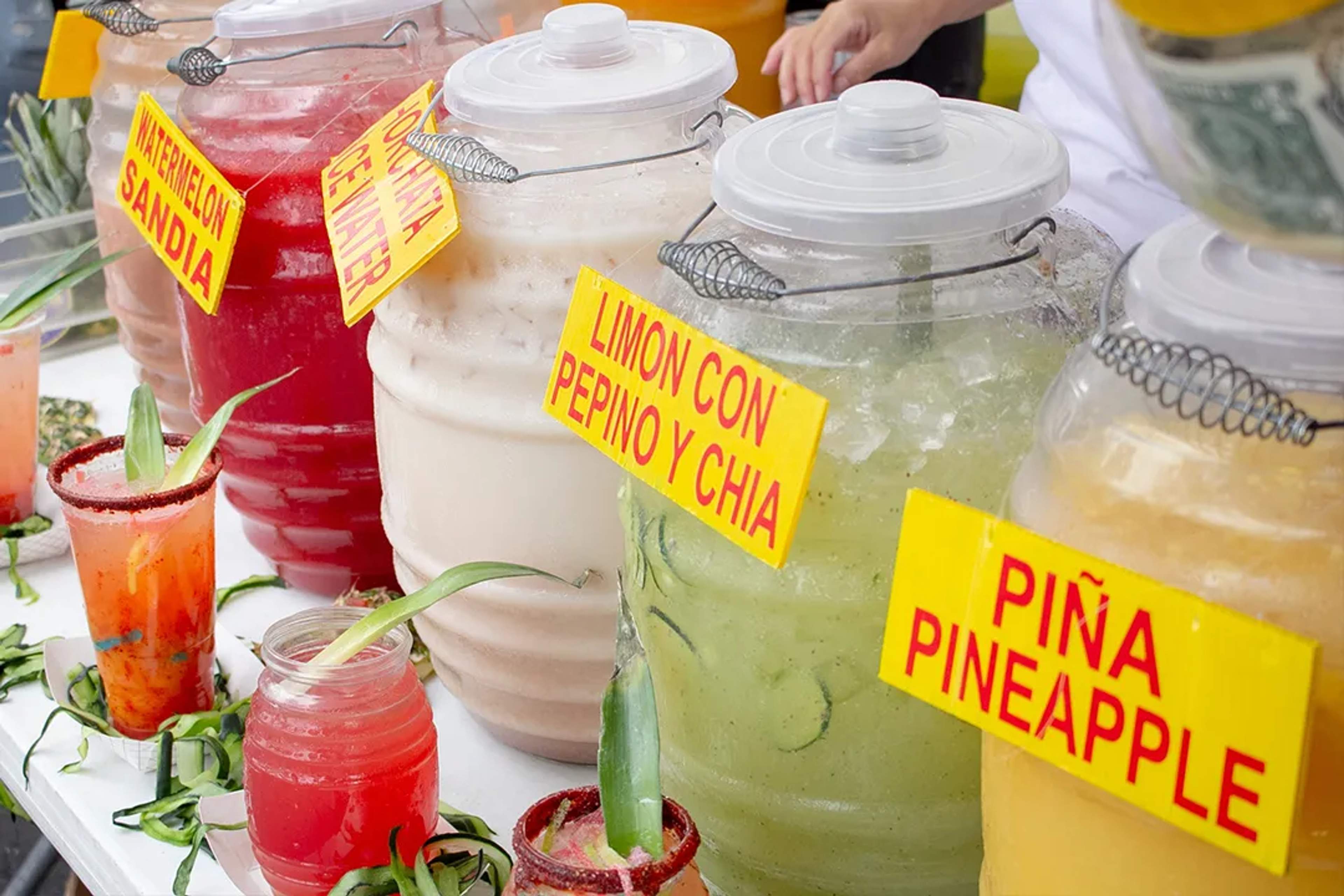
Among the most beloved flavors are hibiscus jamaica, tangy tamarindo, bright sandía, and crisp pepino con limón. And then there’s horchata, the creamy rice-based agua fresca that arrived with Moorish influence and grew into a Mexican favorite with cinnamon, vanilla, and piloncillo. Some regions add coconut milk or almonds for a richer twist, keeping it naturally dairy-free and family-friendly.
Tequila Tasting Made Easy: Book the Private Hacienda Jose Cuervo Tequila Tour
Ready to taste Mexico's signature spirit at its birthplace? We take you from Puerto Vallarta into sun-drenched agave fields for an authentic experience you won't find exploring on your own.
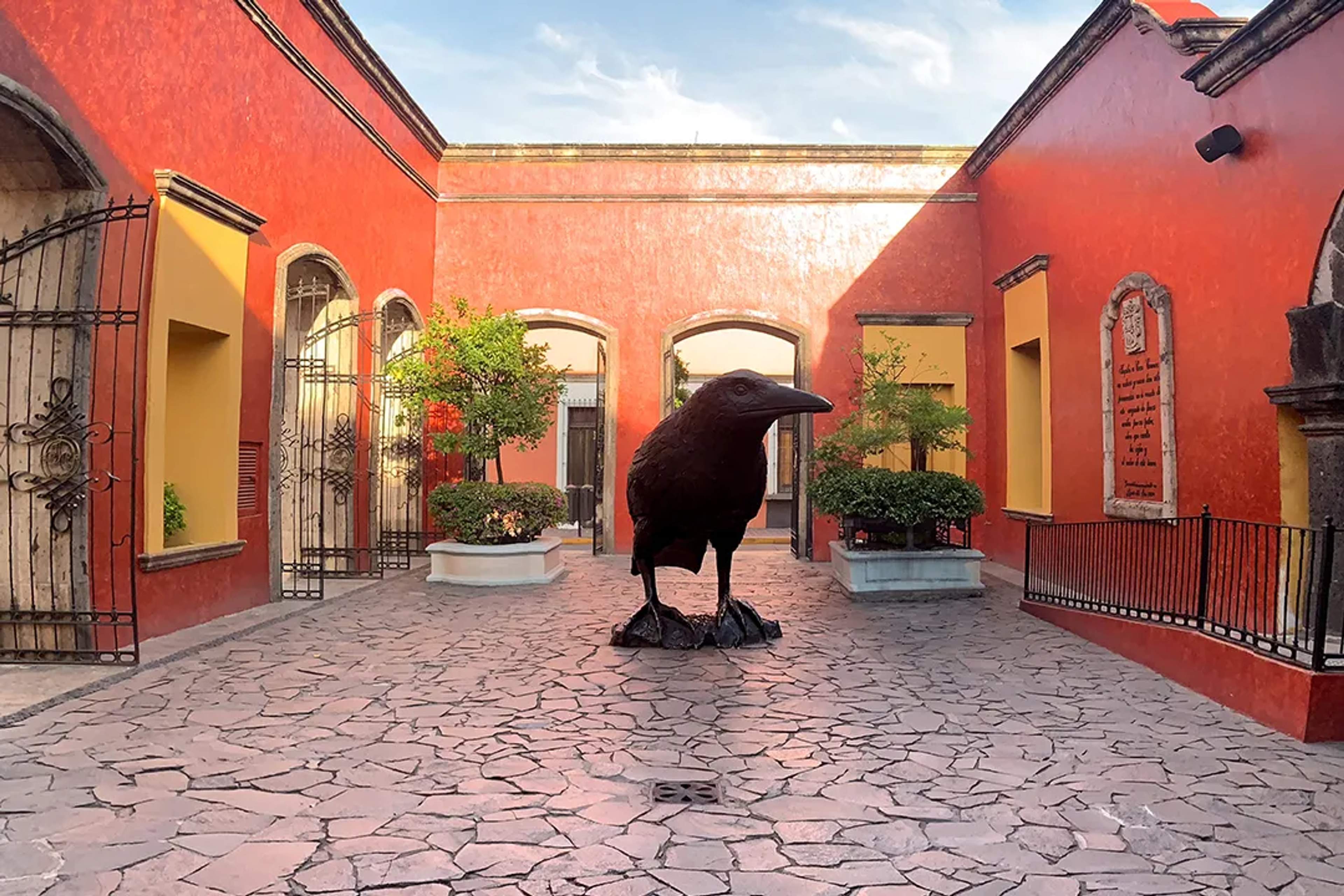
The panoramic drive through the Sierra Madre offers distant volcano views before reaching rows of blue agave. Watch a jimador demonstrate the traditional harvest using techniques passed down through generations.
Inside historic La Rojeña, we guide you through the roast, ferment, and distill stages. You'll blend your own tequila and seal a one-liter souvenir bottle to take home.
This ten-hour experience includes transport, lunch, and expert guidance in a small-group setting. Guests must be 18 or older. Reserve your spot with Vallarta Adventures and toast to authentic Jalisco flavor the way maestros intend.
